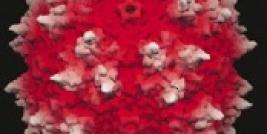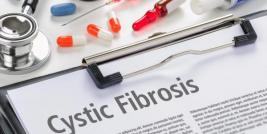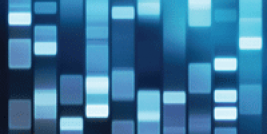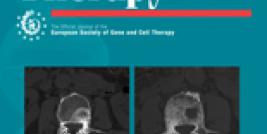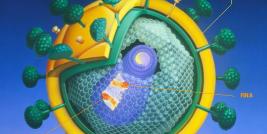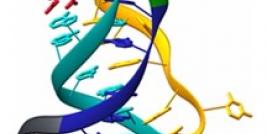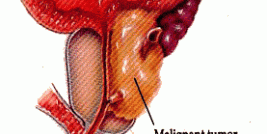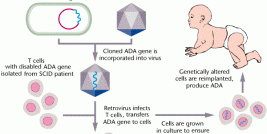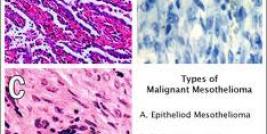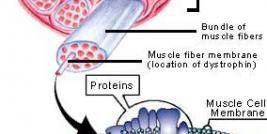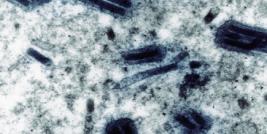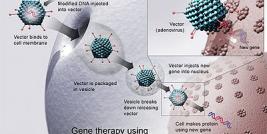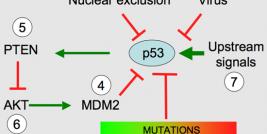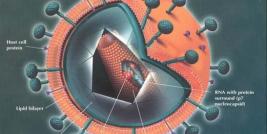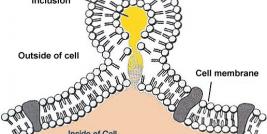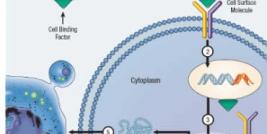
VBL Therapeutics is a publicly traded (NASDAQ: VBLT), late-stage clinical biopharmaceutical company focused on the discovery, development and commercialization of first in class treatments for cancer.
VBL’s clinical pipeline is based on two distinct, proprietary platform technologies that leverage the body’s natural physiologic and genetic regulatory elements. To date, VBL has developed two programs based on these platforms – an oncology program and an anti-inflammatory program.
The Company’s lead oncology product candidate, VB-111, is a gene-based biologic for solid tumor indications that is initially being developed for recurrent glioblastoma, or rGBM, an aggressive form of brain cancer. On September 2015, VBL reported full Phase 2 data from clinical trial of VB-111 in recurrent Glioblastoma (rGBM) at the European Cancer Conference, meeting the primary endpoint of statistically-significant increase in overall survival.
Vascular targeting System (VTS™)
A major drawback of current approaches to antiangiogenic gene therapy is the lack of tissue-specific targeting. We at VBL developed a proprietary platform technology, the VTS™, which enables control of gene expression to areas in which angiogenesis is taking place to either promote or destroy these newly formed blood vessels. The VTS™ is both tissue and condition-specific, limiting gene expression to endothelial cells undergoing angiogenesis. The VTS™ is a flexible platform with which VBL can develop several different products targeting various diseases where angiogenesis is a defining feature. The VTS™ is given by the intravenous (IV) route which confers advantages including easy access without the need for an invasive procedure, technical safety, and low cost, as well as accessibility to a large patient population.
VBL has developed two therapeutic compounds based on the VTS™ platform, GT-111 and GT-211.
GT-111 is an anti-angiogenic drug that works in a manner akin to a "biological knife" destroying tumor vasculature by delivering a death-inducing gene to the angiogenic blood vessels feeding the tumor.
GT-111 is composed of an adenoviral vector which mediates delivery of a chimeric death receptor derived from the modified endothelium-specific pre-proendothelin-1 (PPE-1) promoter. Expression of a chimeric death receptor, composed of Fas and TNF receptor 1, resulted in specific apoptosis of endothelial cells in vitro. The antitumoral activity of the vectors was assayed in two mouse models. In the model of B16 melanoma, a single systemic injection of virus to the tail vein caused growth retardation of tumor and reduction of tumor mass with central tumor necrosis. When the Lewis lung carcinoma lung-metastasis model was applied, i.v. injection of vector resulted in reduction of lung metastasis mass, via an antiangiogenic mechanism.
The destruction of these newly formed blood vessels results in necrosis, or the wilting and eventual death of tumor cells, from lack of oxygen and nourishment and so, biologically removing, or debulking, a significant part of the tumor. GT-111's ability to attack newly formed, but not pre-existing, blood vessels also potentially enables it to be used as either a monotherapy or adjuvant or neoadjuvant to existing treatments. GT-111 is comprised of the VTS™ and Fas-c, a potent cell-death inducing gene and addresses the most life-threatening indication, solid tumors.
GT-111 is currently tested in phase I clinical trial in the USA (clinicaltrials.gov identifier: NCT00559117)
GT-211 is a pro-angiogenic drug therapy for ischemic diseases. GT-211 is composed of an adenoviral vector which mediates delivery of VEGF/PDGF –B (vascular endothelial growth factor/ platelet-derived growth factor) growth factors derived from the modified endothelium-specific PPE-1 promoter. Systemic administration of GT-211 in the mouse hind limb ischemia model was effective in inducing functionally and morphologically mature vasculature. VEGF treatment increased sustained perfusion and vessel density in the limb shortly after expression with PPE-1 promoter. In addition, expression of PDGF-B by PPE-1 promoter resulted in morphological maturation of the vasculature and further increased perfusion.
Long lasting vascular growth is a necessary and critical element in therapy for ischemic diseases such as Peripheral Vascular Disease (PVD), Ischemia, and Wound Healing as well as in Age-related Macular Degeneration (AMD) and Diabetic Retinopathy.
Correspondence:
Eyal Breitbart, Vascular Biogenics Ltd, 6 Jonathan Netanyahu St, Or Yehuda, Israel 60376. eyal@vbl.co.il

